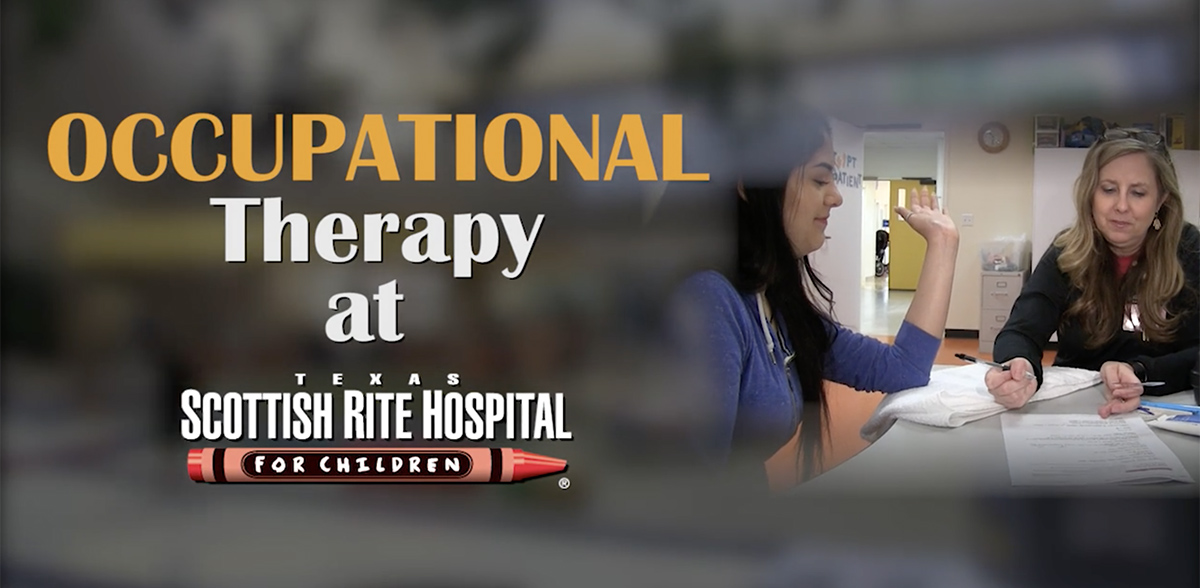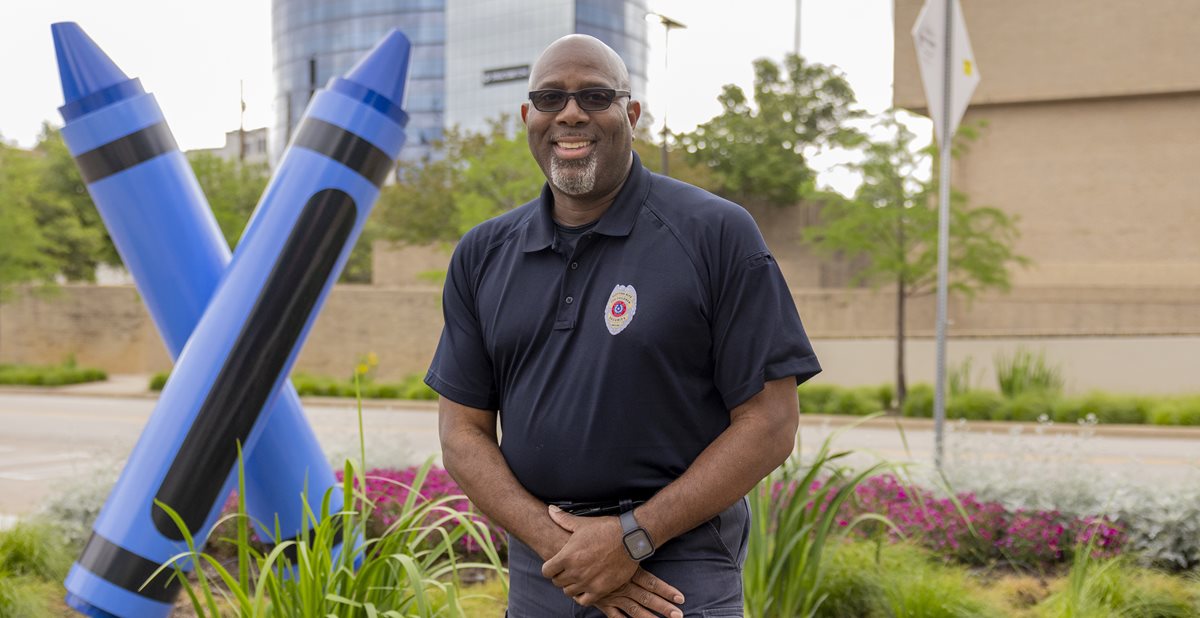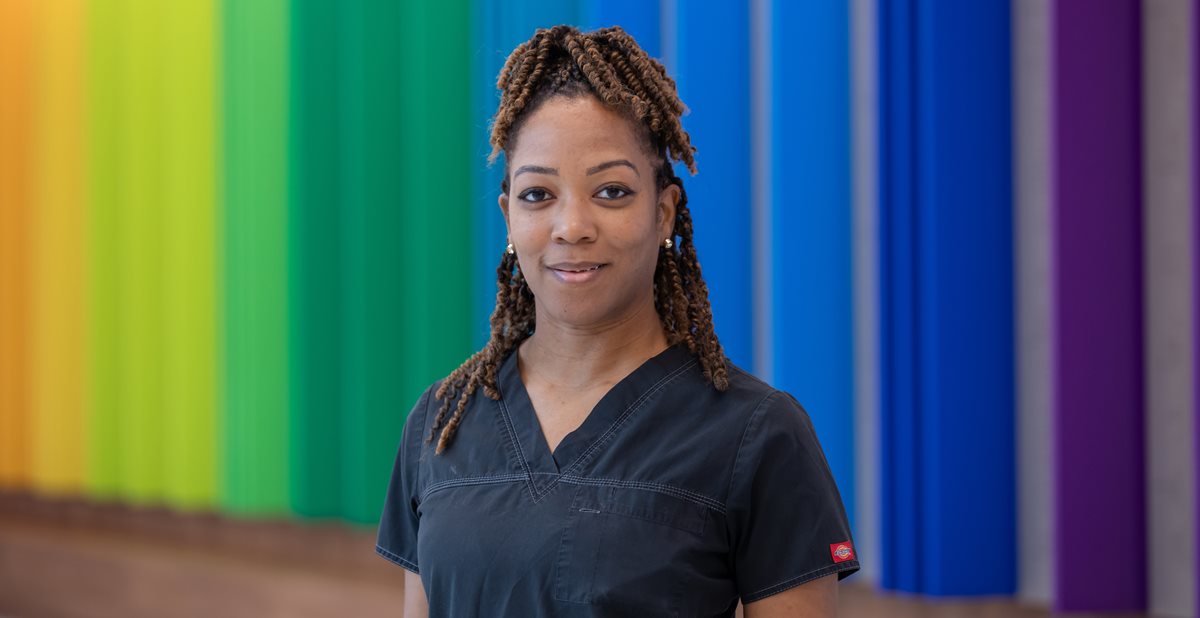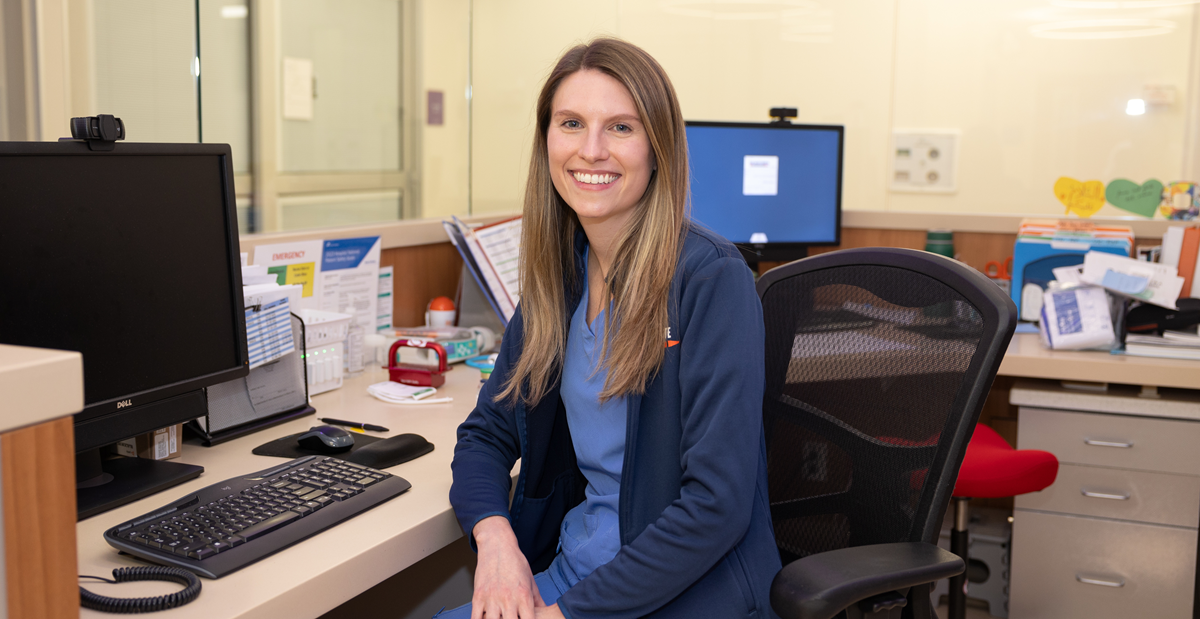
May 22, 2018 / Spotlight
Occupational Therapy: Making Daily Life Easier for Our Patients
At Texas Scottish Rite Hospital for Children, our team is dedicated to providing the best possible care to every patient. At each stage of treatment, we have experts to educate the patient and their family to make the healing process a smooth one. The hospital’s Occupational Therapy department is committed to providing various techniques and equipment to make everyday living easier. We received a behind-the-scenes look of the department to learn more about the important work of our trained occupational therapists and the services they provide to our patients.
What is Occupational Therapy?
What is Occupational Therapy?
- The hospital’s trained therapists work with the patients to assist them in learning how to do various activities that occupy their time throughout the day.
- Dressing themselves
- Feeding themselves
- Playing
- The therapists work with patients of all ages, from birth to 18 years, in the inpatient, outpatient and clinic settings.
- Two occupational therapists are dedicated to working with the hospital’s inpatients.
- The main focus is working with the patients and their families to make sure the patient is comfortable and safe once they leave the hospital.
- The therapists evaluate the appropriate equipment needed to make activities and everyday living easier for the patient at home.
- Wheelchairs
- Bathing equipment
- Toileting equipment
- Our therapists work with patients who have all different types of needs - including patients with upper extremity injuries or congenital conditions.
- Custom splints are made to help the patient heal or with activities they like to do.
- Each therapy session is unique depending on the patient and their needs. The therapists evaluate the patients to make sure they have the tools needed for daily life.
- The use of various devices to increase strength in the arms and hands. The strengthening exercises help to gain motion back so the patient can return to the activities they enjoy.
- Common activities that might need adaptive devices, include:
- Brushing hair
- Putting on socks
- Grasping tools to participate in play – pencils or toys
- Bathing equipment
- Special car seats
- Transferring equipment



